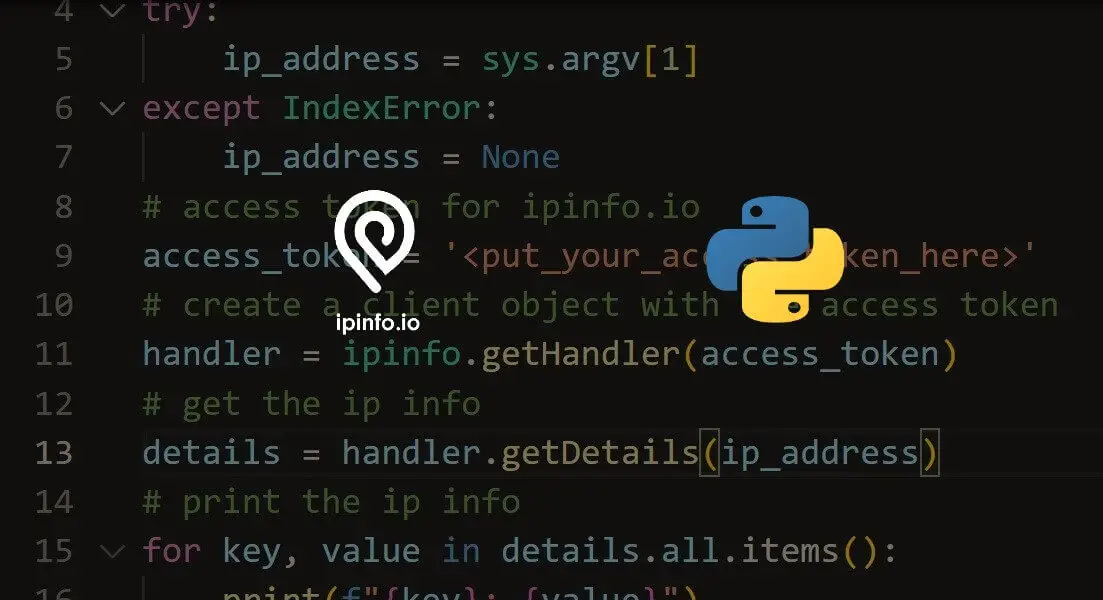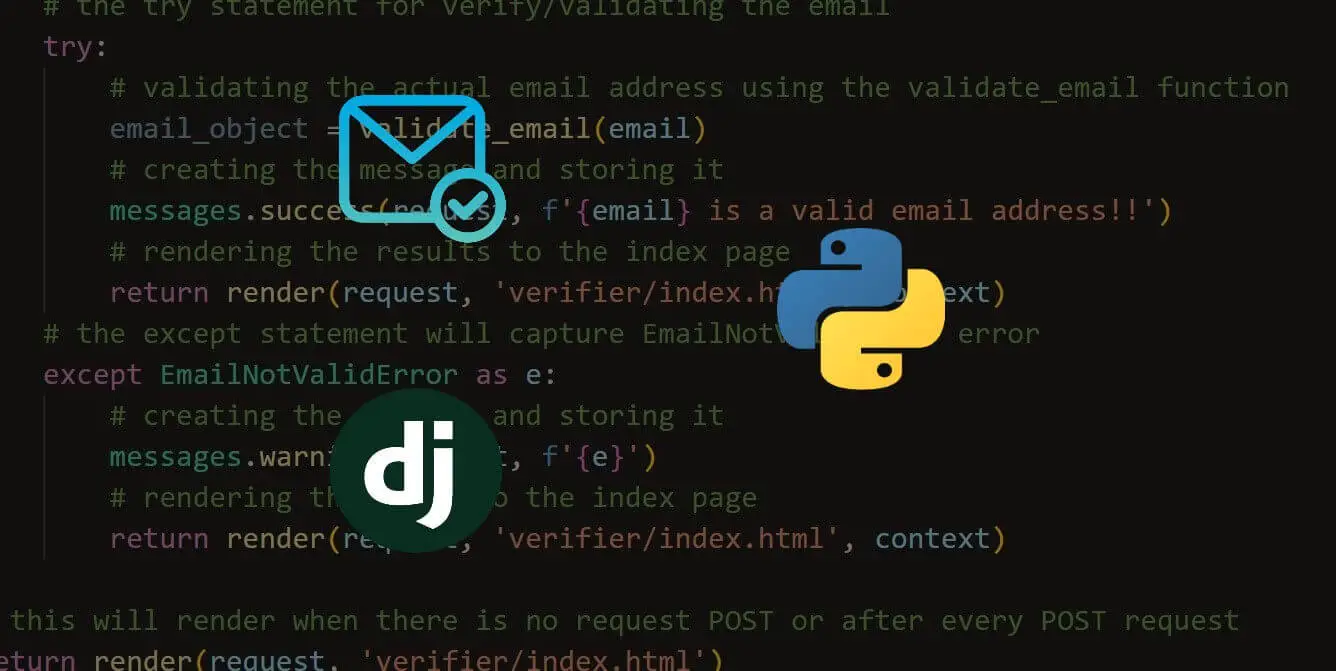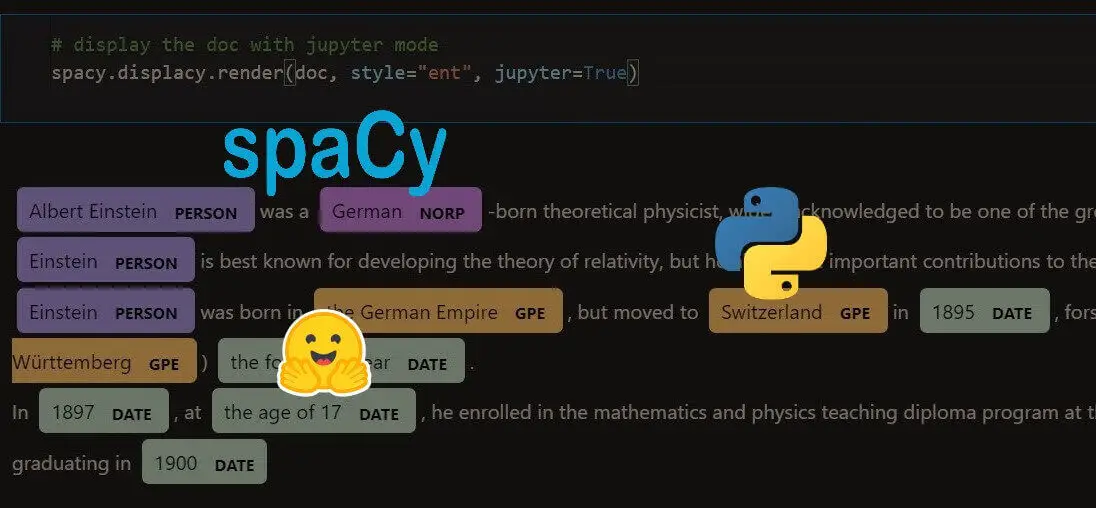Get a head start on your coding projects with our Python Code Generator. Perfect for those times when you need a quick solution. Don't wait, try it today!
You have, of course, scrolled through pictures on Instagram, watched a web series on Netflix, or asked a question about Quora strangers. Do you know what these websites have in common? All of these platforms are built on Python.
According to Google Trends, Python is one of the top trending programming languages. It has been observed that Python is on its way to surpassing traditional programming languages like JavaScript and SQL. The demand for less complex software is high, and Python is a popular language.
What do you understand about Python?

Python is a scripted language that can be interpreted easily. It has the capability of object-oriented programming and is an open-source language that can be downloaded or used on cloud-based platforms like Google Collab and Anaconda.
Here is why Python is one of the most popular programming languages:
- A high-level programming language with an easy interface: Python is a popular high-level language, similar to other programming languages such as Pascal, Cobol, C, etc. Any high-level programming language has the capability of human interpretation, which can later be converted into binary codes. Unlike other programming languages, Python has a better user interface and is easy to code.
- Open-source software: Python is an open-source language that can be downloaded or used on cloud-based platforms like Google collab. Other scripting software like SAS or SPSS makes the users pay to use the software. Python, on the other hand, comes for free.
- Interpreted: As Python is a high-level programming language, any user can read the code and understand what is written. Interestingly, Python has automated functions that are of significant use to coders. This helps the user to understand the code even if he/she doesn't know how to write code. Below you can find a sample code to print ‘Hello OdinSchool.’:
print("Hello OdinSchool")As we can see in the above code, we can observe that we have a function called print, which takes an input parameter called ‘Hello OdinSchool.’ A person who knows English can quickly identify the code. You don’t have to be a ‘coder’ to understand the above message. Such is the ease at which Python works.
- Cross-platform: Python can be used on multiple operating systems like Windows, Linux, and Mac OS. Python doesn’t need an external device or a virtual machine to install it. Due to this, anybody who understands Python can write code on any operating system.
- Easy to learn: As it is easy to understand, many learners find it more accessible and have a shorter learning curve. There is no rocket science involved in learning Python. One doesn’t have to be an engineer or have a math background to learn Python; Python is for everyone.
- Massive collection of standard libraries: Currently, there are over 137,000 libraries in Python. These libraries are modularised and thus have a vast collection of functions. For instance, if one plans for web development, you have a library called Django, or if one is performing machine learning, one has sci-kit-learn, and so on. If you want to use any library, you have to install the libraries on your Python. Installing these libraries in Python is very easy. If you're using specific IDEs, one must just write 'pip install <name of the package>' on your console. Here is a sample code for a library installation.
$ pip install numpyAfter installing these libraries, we have to import these libraries into Python so that we can use these functions inside the library. All libraries also contain a collection of parts or a group of functions. Importing any library is as easy as installing; all you have to do is to mention ‘import <name of the package> as <short name>’. If you are wondering what a short name is, calling the entire package can be a tedious task, due to which a synonym can be defined by the programmer so that he can code it better.
For example, let's assume you are importing the pandas library. You must provide 'import pandas' if you feel pandas is a 6-letter word. You can also add the synonym pd into the import function:
import numpy as np- Vast community support: Python has a massive community of programmers ready to help you if you are stuck. It also contains an extensive repository of bugs and errors that people commonly face during the coding process. You can avail of this support on Python.org, Stack Overflow, and other social media platforms like Facebook and LinkedIn.
What is Python used for?

Python is used for multiple purposes. A few of them have been discussed previously at the beginning of this article. Interestingly, it is a tiny part of Python’s actual potential. The following are the applications of Python software.
Here is how Python’s applications are categorized.
- Web Development: One of the most important applications of Python in Web Development. Python has libraries called Django, Flask, and web2py, which can be used for web development. Large companies like Google, Instagram, and NASA have built popular websites using Python. Python provides a considerable array of templates that can be used to develop websites with minimal coding. Python also can be used for backend and frontend language, which is simple and easy.
- Visualization: Python does have a variety of libraries, such as Matplotlib, Seaborn, Plotly, Pygal, Folium, and others. All these libraries are vastly used in the visualization process. It might be a statistical visualization like a histogram or box plot or some business visualization like a pie chart, stack bar chart, and others. Python serves other purposes as well, such as creating advanced visualization along with changes, changing the color and title of the visualization, or general aesthetic changes.
- Software Testing: Software testing is a critical part of any software development. The companies have relied on multiple programming languages to create and test software. But today, a large number of companies have shifted to using Python. That’s because an array of tests like E2E tests, integration tests, unit tests, and test documentation typically include TDD (test-driven) and BDD (behavioral-driven) development approaches. There are libraries like Pytest, Unitest, Testify, Nose2, Doctest, etc, that help test software.
- Data Science and Machine Learning: What is the most advanced technology in the modern world? 7 out of 10 will vote for Artificial Intelligence and Machine Learning. Most of the trending advancements in technology are driven by Python. Data science is all about data analytics with advanced decision-making methodologies. Recently, Python has made it easier to use advanced statistical techniques. Many data science professionals have adopted Python as it is a multipurpose software.
- Others: Python can be used for Web Scraping, Automation, GUI, App Development, etc. As Python has excellent integration with cross-platform, it is one of the most desired software.
Why Should You Learn Python to Become a Pro in Data Science?
As we know, multiple software programs can be used for Data Science. According to a Kaggle survey, 87% of Data Science professionals use Python. This is because of the simplicity and the user interface of the software. Let us look at some of the reasons why Data Scientists use Python:
- Open Source: Like SAS, Python is free software.
- Fast: Python is much faster than' R'. Around 250,000 jobs posted on LinkedIn are sourcing people with Python.
- Well-Built: If you plan on building excellent code, Python is a better option than R as it has better error handling.
- Cross Platform: Python can be integrated with most other software easily compared to different software.
How Long Does it Take to Learn Python for Data Science?
Statistics and simple coding are prerequisites for becoming a Data Science professional. With those skills in hand, it takes only 30 days for an individual to learn Python. Whereas it takes almost 90 days to master R programming. Python is faster because it has built-in functions and libraries that are easy to use. But as the saying goes, ‘only practice can make you perfect.’
Some Tips to Learn Python the Right Way

A programmer must follow a structured approach to learn any programming language. Even so, for Python. Let us look at how one can learn Data Science with Python:
- Data types: Firstly, there are various data types in Python. Like Integer, String, Float, etc. This is the base. One needs to understand it well because these are going to be very essential moving forward.
- Data structures: It is a process of storing the data structurally. Data can be stored in different structures like a list, set, dictionary, or tuple. Understanding which data structure to choose when is crucial in the coding process.
- Conditional statement: Logical condition statements are essential as we can incorporate if and otherwise operations. There are certain combinations, such as and-operations and or-operations. Some can even be nested. A programmer needs to be well-versed in all these techniques.
- Iterators and Generators: This is a critical part of programming, where you want to apply a condition or transformation for each row for which you use iterators. Similarly, generators in Python will generate a value based on a for-in loop.
- Functions: The ability to create your functions are very important. As most of the codes in production need to be modularized, creating functions can help organizations avoid the repetition of codes.
- Lambda Functions: Similar to functions in Python, lambda functions are a type of function which do not get stored like a function but does the required operation.
- File Handling Techniques: Data can be stored in different formats and in different sources like SQL server, JSON, CSV, Excel, APIs, etc. The ability to read and write data from these sources is essential as you will be handling, transforming, and updating data. Handling XML files is also a critical skill, especially when it comes to converting XML data into relational databases. Python provides excellent support for this task, which you can explore further here.
- Python Modules: If you are performing web scraping, you need to know libraries like Beautiful Soup, Scrapy, Selenium, etc. Similarly, if you plan to study data science, you must know about libraries like Scikit-learn, Matplotlib, NumPy, Pandas, etc. Knowing various Python modules is very important for mastering the software quickly.
Python is currently the most efficient tool for tackling challenging algorithmic and AI-based problems. If you want to learn Python from scratch and build your career in Data Science, join a hands-on Data Science course that is targeted to the needs of the industry.
Let our Code Converter simplify your multi-language projects. It's like having a coding translator at your fingertips. Don't miss out!





Got a coding query or need some guidance before you comment? Check out this Python Code Assistant for expert advice and handy tips. It's like having a coding tutor right in your fingertips!